Moses in Islam
Videos
Page
Mūsā ibn ʿImrān is a prominent prophet and messenger of God and is the most frequently mentioned individual in the Quran, with his name being mentioned 136 times and his life being narrated and recounted more than that of any other prophet. He is one of the most important prophets and messengers of Islam.
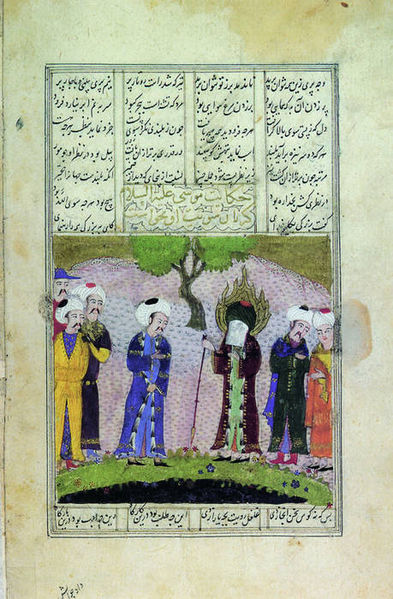
Moses in Islam
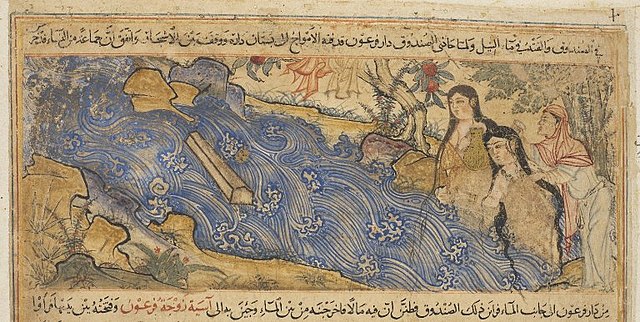
Asiya (depicted with long black tresses) and her servants, having finished bathing find baby Musa in the Nile. Their clothes hang in the trees while the river waves and crests are done in the Chinese style. Illustration from the Persian Jami' al-tawarikh
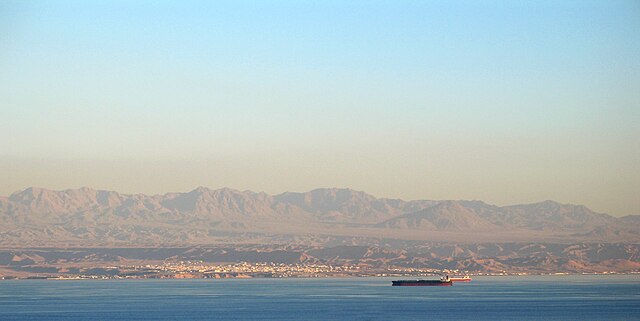
The Midian Mountains near Haql on the coast of the Gulf of Aqaba, which separates Midian in the northern part of the Arabian Peninsula and Ash-Shaam from the Sinai Peninsula in present-day Egypt
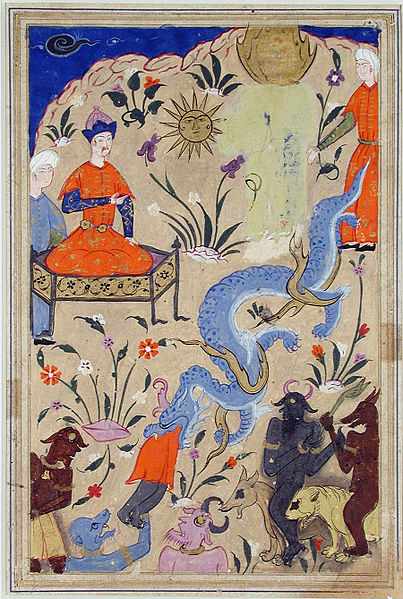
Pharaoh watches a serpent devour a demon in the presence of Musa; from a manuscript of Qisas al-Anbiya, c. 1540.
Quran
Videos
Page
The Quran, also romanized Qur'an or Koran, is the central religious text of Islam, believed by Muslims to be a revelation from God. It is organized in 114 chapters which consist of individual verses. Besides its religious significance, it is widely regarded as the finest work in Arabic literature, and has significantly influenced the Arabic language.

Two folios of the Birmingham Quran manuscript, an early manuscript written in Hijazi script likely dated within Muhammad's lifetime between c. 568–645
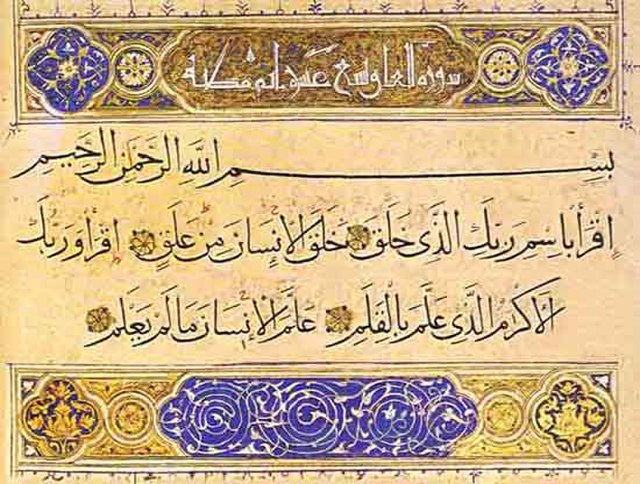
Traditionally believed to be Muhammad's first revelation, Surah Al-Alaq, later placed 96th in the Qur'anic regulations, in current writing style

Quran − in Mashhad, Iran − said to be written by Ali
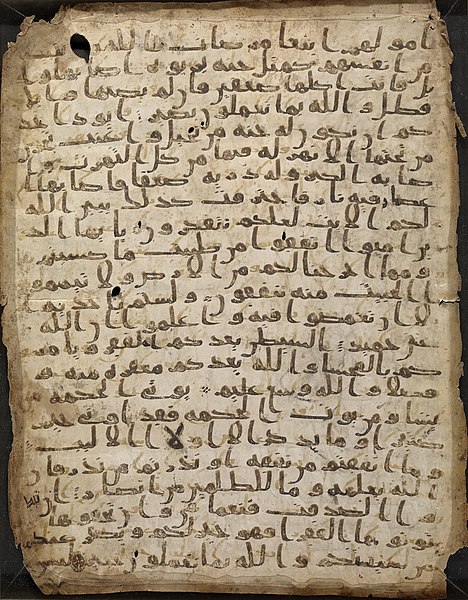
A page from the Stanford '07 binary manuscript contains verses 265-271 of Surah Al-Baqara; the double layer reveals additions to the original text and differences with today's Quran